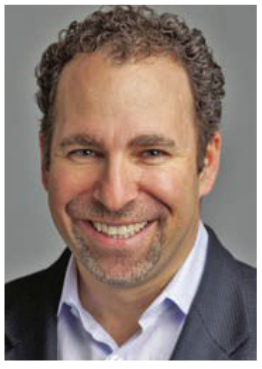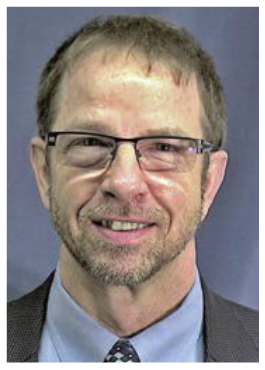Stage 2 meaningful use an ongoing challenge

Ever since Stage 2 meaningful use was finalized in 2012, critics have decried the strenuous requirements, especially those tied to patient engagement and transitions of care. Despite objections and relatively low attestation rates in 2014, many eligible hospitals and providers now appear to be on target to attest by the end of 2015.
[See also: Stage 2 'flexibility' rings hollow for many]
"Like most people we will wait until the last minute to attest," said Lyle Berkowitz, associate chief medical officer of innovation at Northwestern Memorial Healthcare, a 1,200 physician multi-specialty group in Chicago. "Meaningful use is not a big problem for us and we are committed to doing it with 100 percent success."
Similarly, Baylor Scott and White Health's Central Texas division plans to attest to Stage 2 by the end of the year.
[See also: Stage 2 just too tough?]
"We are tracking our potential success for Stage 2 and it is looking really good," said Jeana D. O'Brien, chief medical information officer for the BSW division, which includes 13 hospitals and approximately 800 meaningful-use eligible providers.
Thomas Thrower, chief information officer for the Austin Diagnostic Clinic, reports that his organization is in the final stages of preparing for attestation after spending significant time updating software and modifying workflows.
"We put in our Stage 2 certified code last November and applied a significant number of patches since then to address deficiencies around areas like immunizations and the transition of care," he said.
Austin Diagnostic Clinic also invested considerable resources to achieve the patient-specific education resource core measure. "Our providers historically have been very good about giving educational information to patients," explained Thrower. "But our whole workflow had to change in order to have it counted in the EMR.
"We had to put a lot of work into customizing the basic functionality that was delivered in our software in an effort to accommodate the physician workflow," said Thrower. "Personally I think this was one of those measures that, while well-intended, actually creates a bit of a disconnect for providers."
 San Diego-based Sharp HealthCare attested to Stage 2 for its hospitals in 2014, though its physicians will attest later this year. Senior Vice President and CIO Ken Lawonn said that the two biggest Stage 2 challenges for his organization were preparing for the transition of care requirement and encouraging patients to access the acute care patient portal.
San Diego-based Sharp HealthCare attested to Stage 2 for its hospitals in 2014, though its physicians will attest later this year. Senior Vice President and CIO Ken Lawonn said that the two biggest Stage 2 challenges for his organization were preparing for the transition of care requirement and encouraging patients to access the acute care patient portal.
"We had to get a number of providers set up to be able to take an electronic transition of care," explained Lawonn. "We worked through our HIE to set up Direct services for many long-term care rehab facilities that weren't part of our organization. That took a lot of work."
Sharp also expended extra effort to get patients to utilize the portal.
"In general for hospital stays patients aren't as accustomed to using a portal," said Lawonn. "From an inpatient side patients aren't used to getting their educational material from the portal so it took a little work to get patients enrolled and then using it."
O'Brien said that the patient engagement requirement was less of a struggle for her organization because the hospitals and clinics share a single record.
"Having one record has allowed us to build on work from both the inpatient and outpatient side," she said. "Most of the push has been on the ambulatory side, but also as part of the discharge process the discharge nurse now encourages patients to sign up for the portal."
For Baylor Scott and White, the transition of care objective required proactive outreach to outside providers.
"Our experience is that the other facilities want to be able to engage and get information about the patient," said O'Brien. "Operationally we started early on to encourage our referral physicians and area nursing homes and assisted living facilities to sign up for the EpicCare link we use. It has allowed us to use that pathway for them to access patient information."
Providers also noted the importance of verifying data accuracy for reporting purposes.
 "One challenge is around the data capture and reporting required for attestation," said Thrower. "While the vendors have been certified to do this reporting, it is hard for us as the attester to know how they are coming up with the numbers. We have to do a lot of analysis to really understand and trust it all."
"One challenge is around the data capture and reporting required for attestation," said Thrower. "While the vendors have been certified to do this reporting, it is hard for us as the attester to know how they are coming up with the numbers. We have to do a lot of analysis to really understand and trust it all."
Berkowitz expressed similar concerns.
"The hardest part is making sure we know where we are and figuring out if we have any outliers," he said. "I would like to have more real-time, robust data."
While committed to the Stage 2 attestation process, Thrower admits the prep work has not always been easy.
"At times it's kind of like trying to change a tire on a moving vehicle," he said.
[See also: Stage 2 changes may be rude awakening]
























